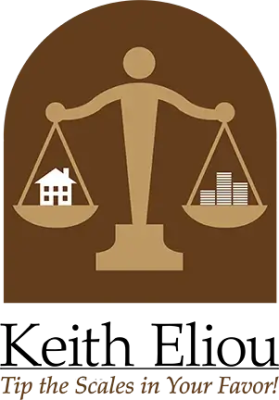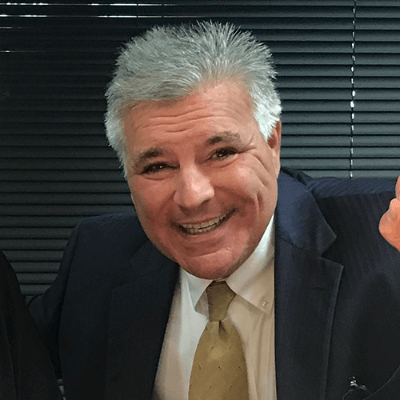

If you're thinking about buying a home, you've probably heard you need a 20% down payment. But is that always true? Let’s take a closer look at what’s really required—and what’s possible for you.
Why 20% Is Still Popular
You might assume that large down payments are a thing of the past. But in recent years, more buyers have been putting down 20% or more. Here's why:
- Homes are selling quickly, and a larger down payment can help your offer stand out.
- In 2011, only 40% of buyers made a 20% down payment or more.
- By early 2021, that number rose to 48%.
- Even 28% of first-time buyers are now choosing to put down 20% or more.
But Most First-Time Buyers Don't Put 20% Down
While a 20% down payment has advantages, it's not the standard for everyone. In fact, the typical first-time homebuyer puts down just 7%. That’s a much more manageable amount for many people.
Why Some Buyers Choose to Put Down More
A larger down payment can benefit you by:
- Making your offer more attractive to sellers
- Possibly qualifying you for a lower interest rate
- Helping you avoid private mortgage insurance (PMI)
Still, it’s not the only way to become a homeowner.
You Have Other Options
There are many loan programs designed to make buying a home more accessible:
- Conventional loans: Some allow as little as 3% down
- FHA loans: Require only 3.5% down
- VA and USDA loans: May offer zero-down options if you qualify
How to Decide What’s Right for You
There’s no single answer that fits everyone. Consider your personal financial situation and long-term goals:
- How much money have you saved?
- How long do you plan to stay in the home?
- What is the housing market like in your area?
Tips for Planning Your Down Payment
- Don’t use all your savings—keep some for moving expenses and home repairs
- Save in a high-yield savings account if you’re still building your down payment
- Use a mortgage calculator to estimate monthly payments at different down payment levels
Is 20% Down Right for You?
Pros:
- You’ll have lower monthly payments
- You can avoid paying mortgage insurance
- Your offer may be more appealing to sellers
Cons:
- It takes longer to save
- You might delay buying a home
- You’ll use up more of your savings
Bottom Line
You don’t have to wait until you have 20% saved to buy a home. Many qualified buyers put down much less—and still get into homes they love.
Take the Next Step Toward Homeownership
Talk to a mortgage lender about your options. Find out what loan programs you may qualify for and decide what down payment works for your budget and goals. Buying a home is a big step, but you don’t have to do it alone.
Ready to explore your path to homeownership? Reach out today, and let’s find a down payment strategy that works for you.

